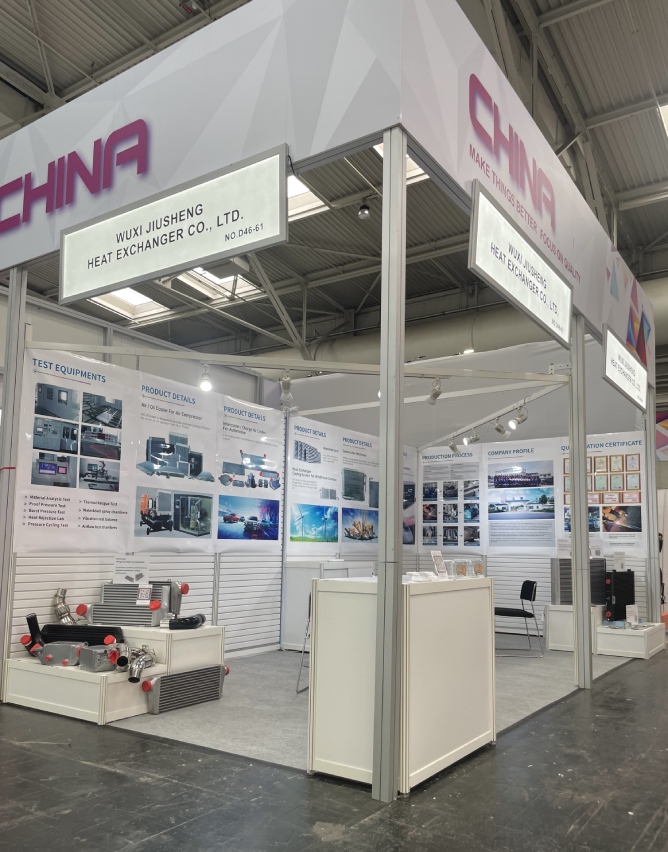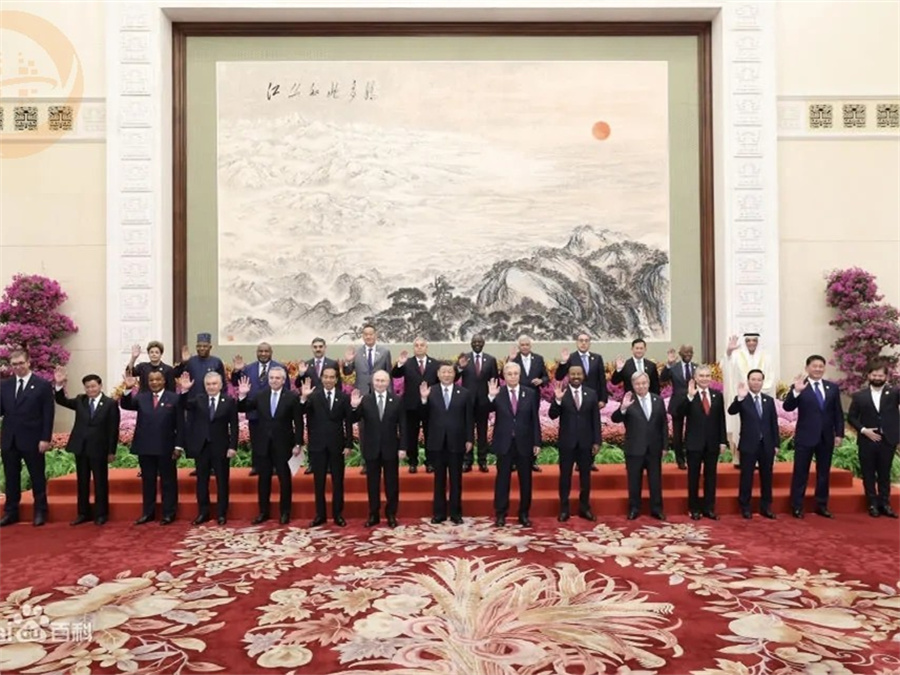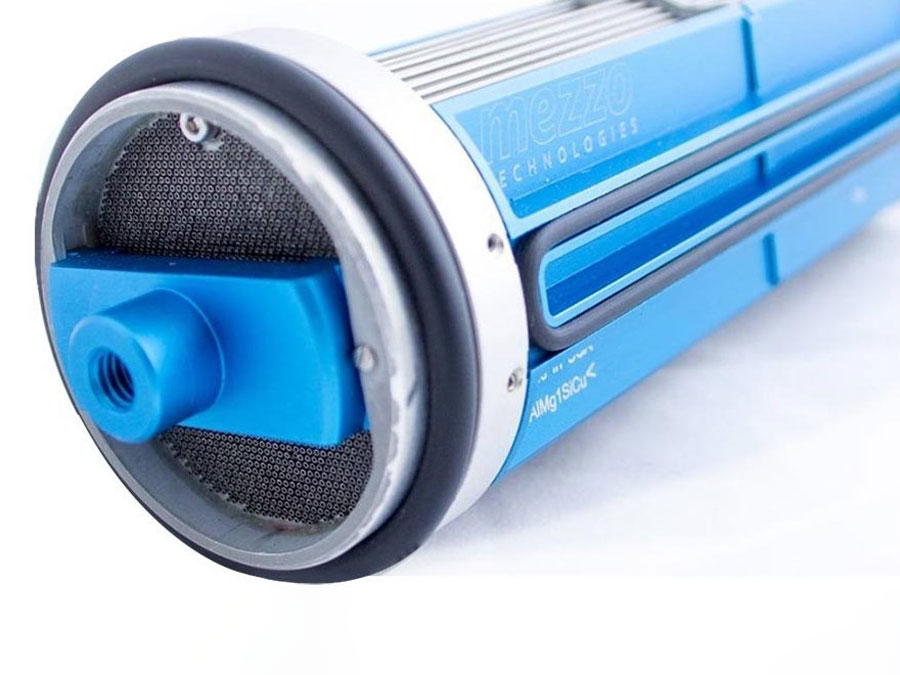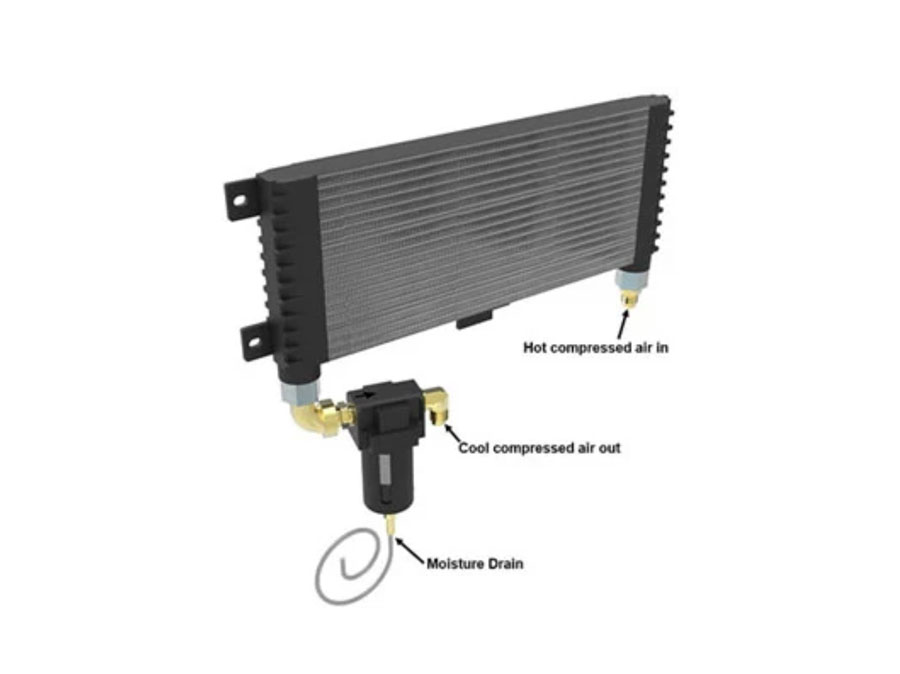The Design of Plate Fin Heat Exchanger
Do you know about the design about plate fin heat exchanger? The Plate Fin Heat Exchanger usually consists of a partition plate, fins, seals, and deflectors. The plate bundle is the core of the Plate Fin Heat Exchanger, and the Plate Fin Heat Exchanger is formed by placing fins, guides and seals between two adjacent partitions to form a sandwich called a channel. The main components of a typical Plate Fin Heat Exchanger are fins, spacers, side bar, guides and headers.
Fin
Fin is the basic component of Aluminum Plate Fin Heat Exchanger. The heat transfer process is mainly accomplished through fin heat conduction and convection heat transfer between fin and fluid. The main role of fins is to expand the heat transfer area, improve the compactness of the heat exchanger, improve the heat transfer efficiency, and also do the support of the bulkhead to improve the strength and pressure-bearing capacity of the heat exchanger. The pitch between the fins is generally from 1mm to 4.2mm, and there are various types and types of fins, commonly used in the form of serrated, porous, flat, corrugated, etc. There are also louvered fins, lamellar fins, nail fins, etc. abroad.
Spacer
The spacer is a metal plate between two layers of fins, which is covered with a layer of brazing alloy on the surface of the parent metal, and the alloy melts during brazing to make the fins, seal and metal plate welded into one. The spacer separates the two adjacent layers and the heat exchange is carried out through the spacer, which is generally 1mm~2mm thick.
Side Bar
The seal is around each layer, and its function is to separate the medium from the outside world. According to its cross-sectional shape, the seal can be divided into three kinds: dovetail groove, channel steel and drum. Generally, the upper and lower sides of the seal should have a slope of 0.3/10 in order to form a gap when combined with the partition to form a plate bundle, which is conducive to the penetration of solvent and the formation of a full weld.
Deflector
The deflector is generally arranged at both ends of the fins, which mainly plays the role of fluid import and export guide in Aluminum Plate Fin Heat Exchanger to facilitate the uniform distribution of fluid in the heat exchanger, reduce the flow dead zone and improve the heat exchange efficiency.
Header
Head is also called collector box, which is usually made up of head body, receiver, end plate, flange and other parts combined by welding. The function of the head is to distribute and collect the medium, connect the plate bundle with the process piping. In addition, a complete Aluminum Plate Fin Heat Exchanger should also include standoffs, lugs, insulation and other ancillary devices. The stand is connected to the bracket to support the weight of the heat exchanger; the lugs are used for lifting the heat exchanger; and the outside of the Aluminum Plate Fin Heat Exchanger is generally considered to be insulated. Usually, dry pearl sand, slag wool or rigid polyurethane foam are used.
In the End
Those are the Components Of Aluminum Plate Fin Heat Exchanger, I believe that by this passage, you will know about the design of plate fin heat exchanger. If you want to know about more knowledge, please follow our website, and we will post more passage about heat exchangers.







